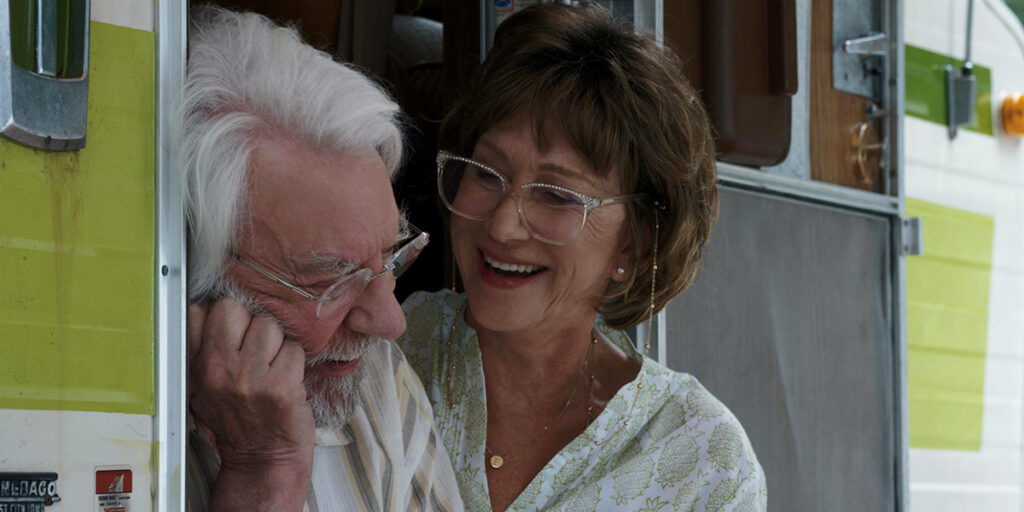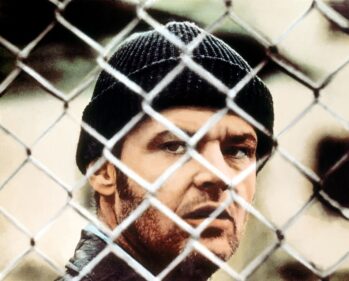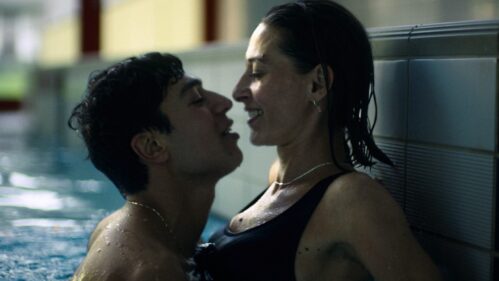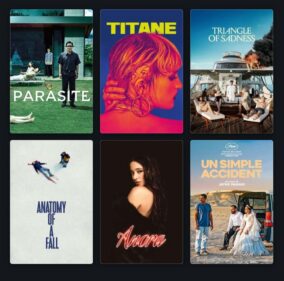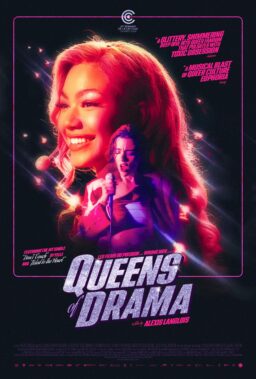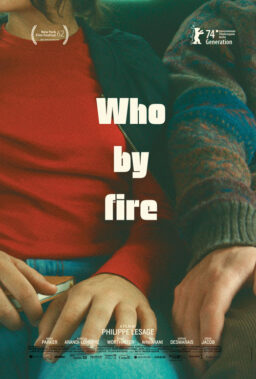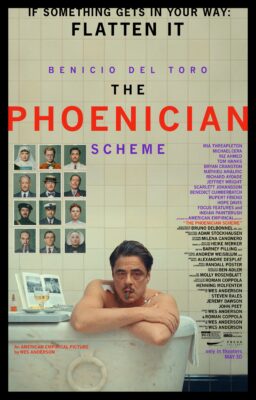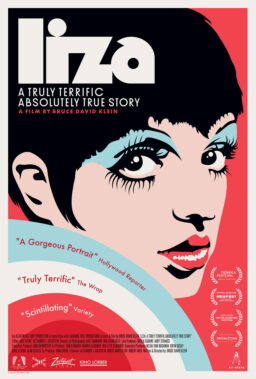On my fourth day at the Venice festival, a theme suggests itself: Twilight of the Gods. “Our Souls at Night” (reviewed here) sees latter-day screen icons Robert Redford and Jane Fonda playing characters facing loneliness and mortality. “The Private Life of a Modern Woman” (reviewed here) features Charles Grodin as a paterfamilias in a losing struggle against dementia. And today I saw “The Leisure Seeker,” an English-language film from Italian director Paolo Virzi starring Donald Sutherland and Helen Mirren as a longtime couple. She, Ella, has cancer, and he, John, has dementia. Somehow, they’ve mutually schemed to take their ’75 Winnebago (the title vehicle, it happens) on a final vacation.
Their adult children are appalled and concerned when they find the rec vehicle missing, and as it lumbers down the highway spewing exhaust fumes, you might be too. Despite his declining memory, John is an excellent driver, while Ella, a South Carolinian by birth whose accent is only casually donned by Mirren, is good at getting her way at gas stations. She has a surprise in store for John, a retired English professor: her intent it to terminate their trip at Key West and visit Ernest Hemingway’s house there. (She has no idea what a tourist trap it’s become.) A shotgun stowed in an overhead bin in the Winnebago indicates a kind of mutually agreed-upon exit ramp. Along the way the two bicker, relive memories, and renew, and almost lose, their love.
This is a very sincerely manipulative movie that makes you cry not because of the clichés it serves up but because its execution is credible enough to send you on your own way with respect to its themes. It gets dementia just right enough to remind you, maybe, of a real-life relative you’ve seen suffering with the disease; it gets aging just right enough to make you contemplate your own aching joints and sagging belly; it gets kindness and the world’s general lack enough right enough to make you regret not being kinder yourself. (I’m old enough to remember when Donald Sutherland’s flat bare butt was used as an “ick! old guy!” sight gag in “Animal House,” so yes, I did feel the aging stuff.)
And yet it’s not what I could call a good movie, and everything wrong with it was for me summed up by the fact that the filmmakers acquired the rights to Janis Joplin’s always heart-rending version of “Me and Bobbie McGee,” put it on the soundtrack, and then declined to let it play out until the end. The movie is only willing to serve up its truths halfway. And I still teared up.

In “Woodshock,” Kirsten Dunst plays a woman who works at a marijuana dispensary, and who, on the side, treats the weed with what I infer to be two different kinds of liquid. I say “infer” because the brown glass vial containing the clear liquid is depicted as just that, a single vial. But there must be a difference because one of the treatments produces a joint that euthanizes the user, and the other treatment makes the user see visions of a freshman survey course in “Experimental Film.” Two different things!
Shot in Humboldt County’s redwood country, this undeniably somewhat picturesque film can be seen as a spectacular exercise in narrative withholding. There’s a lot of shots of Dunst wandering around her character’s house in various states of undress, looking confused and irritated. There are some scenes at a bar, where the guy who runs the dispensary hangs out and gets very drunk and bangs on the jukebox, all of whose selections were likely filched from the collection of a former Mudd Club DJ. (I’m not even kidding: all late-‘70s/early-‘80s Television, Feelies, Wire, Suicide, Galaxie 500, etc. Best part of the movie, now that I think of it.) Also at the bar is Dunst’s boyfriend, played by an actor who seems like a Mark Webber impersonator. There are intimations of horror in some of Dunst’s memories or projections. But almost nothing ever happens, as a Feelies song that’s not on this film’s soundtrack puts it, and this is very frustrating. So one starts looking for meaning in other aspects of the film. Are the varied flower patterns on the wallpaper trying to tell us something?
But you can only ask “what am I missing” for so long until you conclude there really is not much “there” there. The movie is the work of Kate and Laura Mulleavy, sisters who have made their name in fashion with Rodarte, an artier-than-thou clothing line that’s found favor in aspirational celebrity circles. Their movie compelled my consciousness to set aside all the “we should be kind” notions that the viewing of “The Leisure Seeker” instilled in me, and replaced them with an observation I once made about another movie by first time filmmakers who got their break via a side road. That is, that “Woodshock” is the sort of thing that gives dilettantism a bad name. And so I go to bed in Venice once again an insufficiently kind person. But tomorrow is another day.

